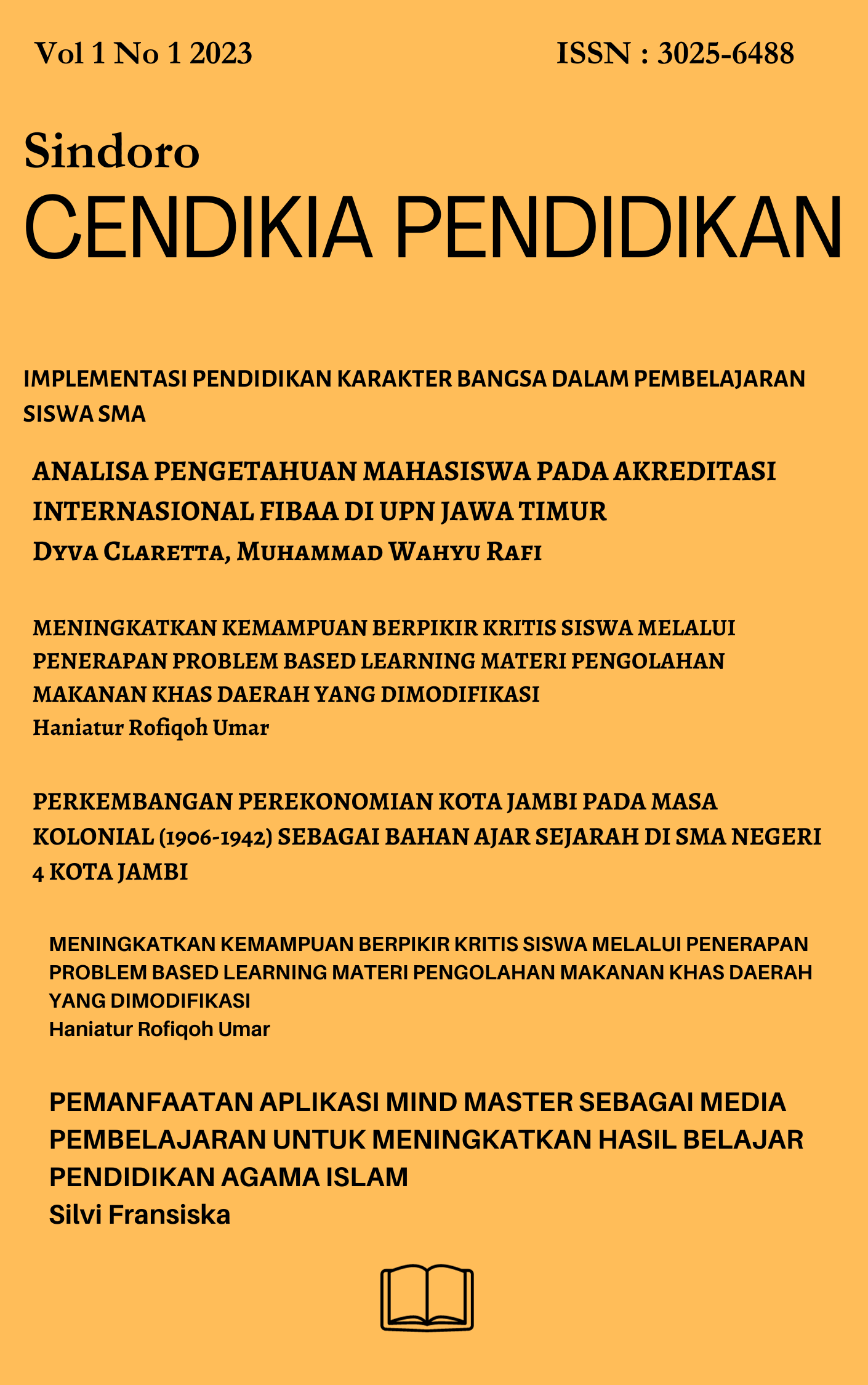The Relationship Between Language and Emotion: Insights of Psycholinguistics
Main Article Content
Abstract
This study investigates the complex interrelationship between language and emotion, looking at how vocabulary and linguistic patterns influence how people express and comprehend their emotions. Based on multidisciplinary research from the fields of psychology, linguistics, and neuroscience, the study emphasises how language functions as a medium for emotional communication, impacting interpersonal relationships and personal identity. The concept of emotional intelligence and its relationship to language skills are discussed in the study, along with cultural differences in emotional lexicons. The results of qualitative and quantitative assessments show that language is essential for controlling and interpreting emotions in addition to reflecting emotional states. This piece adds to the larger conversation of how cognitive functions and emotional experiences interact, arguing that language is an essential for emotions and the formation of social bonds.
Article Details

This work is licensed under a Creative Commons Attribution-NonCommercial 4.0 International License.
This work is licensed under a Creative Commons Attribution-ShareAlike 4.0 International License.
Authors who publish with this journal agree to the following terms:
- Authors retain copyright and grant the journal right of first publication with the work simultaneously licensed under a Creative Commons Attribution License that allows others to share the work with an acknowledgement of the work's authorship and initial publication in this journal.
- Authors are able to enter into separate, additional contractual arrangements for the non-exclusive distribution of the journal's published version of the work (e.g., post it to an institutional repository or publish it in a book), with an acknowledgement of its initial publication in this journal.
- Authors are permitted and encouraged to post their work online (e.g., in institutional repositories or on their website) prior to and during the submission process, as it can lead to productive exchanges, as well as earlier and greater citation of published work
References
Kövecses, Z. (2000). Metaphor and Emotion: Language, Culture, and Body in Human Feeling. Cambridge University Press.
Barrett, L. F., Lindquist, K. A., & Gendron, M. (2019). Language as Context: The Role of Language in Emotion. In The Handbook of Emotion, edited by J. J. Gross. Guilford Press.
Mayer, J. D., Salovey, P., & Caruso, D. R. (2004). Emotional Intelligence: Theory, Findings, and Implications. Psychological Inquiry, 15(3), 197-215.
Brackett, M. A., Rivers, S. E., & Salovey, P. (2006). Emotional Intelligence in the Classroom: Skill-Based Training for Teachers and Students. Emotional Intelligence: Theory, Findings, and Implications, 4(1), 1-14.
Lepore, S. J., & Smyth, J. M. (2002). The Writing Cure: How Expressive Writing Promotes Health and Emotional Well-Being. American Psychological Association.
Pennebaker, J. W., & Chung, C. K. (2011). Expressive Writing: Connections to Physical and Mental Health. In The Oxford Handbook of Health Psychology, edited by H. S. Friedman and R. C. Silver.

